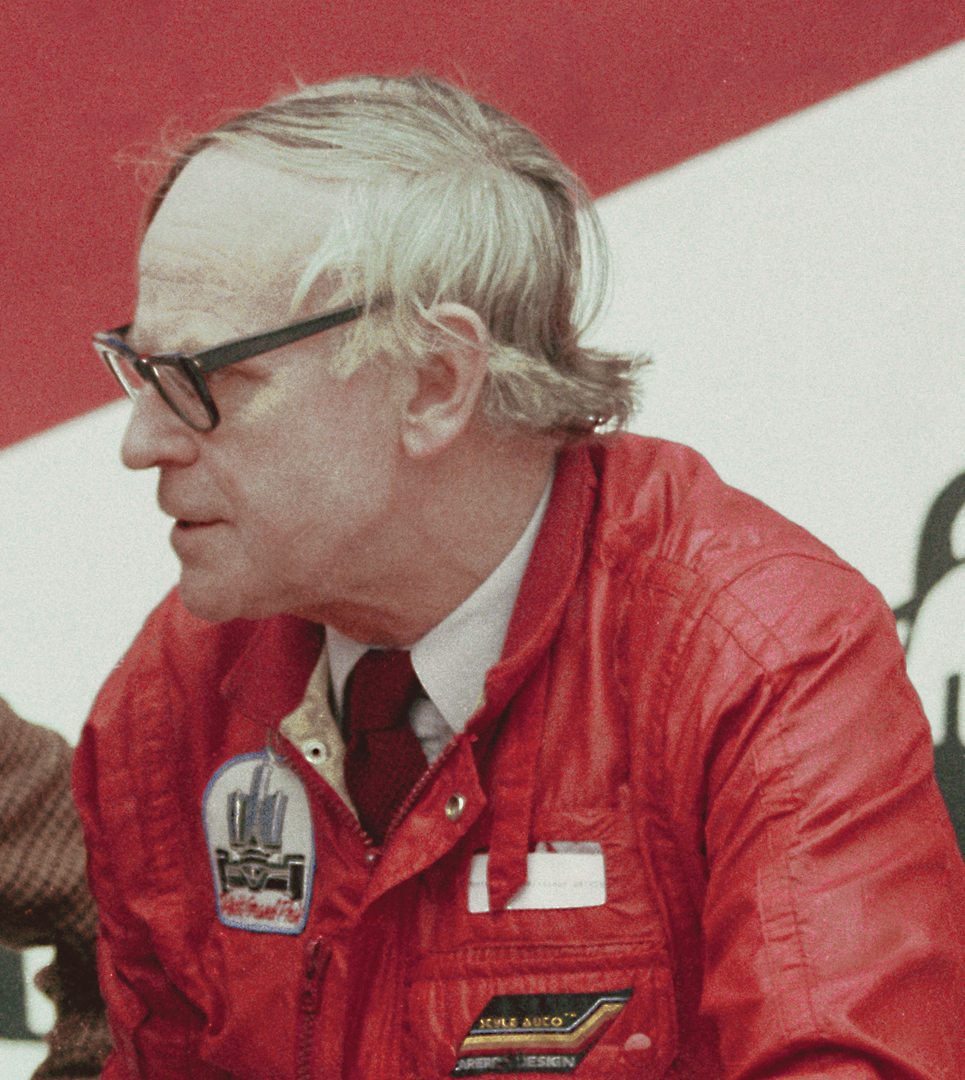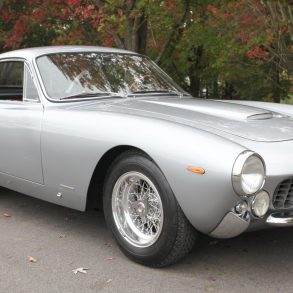Known simply as “Prof” to many in the motor racing community and Sid to his near friends, Professor Watkins may have made more of a mark on motor racing safety over the past 30 years than anyone else. Indeed, his dogged determination and stubbornness to get things right nearly cancelled at least two Grands Prix at the very last minute—even when the cars were lined up on the starting grid. Such was his influence that F1 Supremo Bernie Ecclestone fully backed his judgments, decisions and recommendations to take the woefully poor medical facilities at motor racing circuits to a much higher level in an effort to make a much safer sport for both participants and spectators.
Globally, the Prof came to the fore with many Grand Prix fans during that dark weekend at Imola in 1994, when both Roland Ratzenberger and Ayrton Senna lost their lives. Live television pictures were beamed across the world showing Watkins’ desperate attempts to resuscitate both men trackside, but by then he was firmly part of the motor racing establishment.
Sidney Watkins was the son of a Liverpool miner who, despite his lowly background, wanted to become a brain surgeon. It was that same will power and the steadfast characteristics he would show the motor racing fraternity later in life that helped him achieve his aspiration and take the post of Professor of Neurosurgery at the State University, Syracuse, New York, in 1962. Outside of the medical world he was a passionate motor racing enthusiast, and while in America was a regular member of the medical team at Watkins Glen, particularly at the U.S. Grand Prix meetings. Upon returning to the UK in 1972, Watkins became Professor at the University of London—a position he kept until 1993. His work as an eminent brain surgeon led him to pioneering work in many areas, including research into cerebral palsy, movement disorders and Parkinson’s disease.
In 1978, Bernie Ecclestone recruited Watkins to be F1 Medical Officer and he debuted in that role at the Swedish GP the same year. Just six GPs later, at Monza, Ronnie Peterson became the first fatality under Watkins’ stewardship. In the aftermath, Watkins concluded that Peterson’s death was the direct result of very poor medical amenities at the circuit and a delay of 18 minutes before an ambulance arrived at the crash site. He demanded Ecclestone should provide an anaesthetist, a medical car and a medical helicopter for the next race—the USGP at Watkins Glen. He also insisted he would follow the racing cars, in a medical car for the first lap of the race in order to provide immediate help in the event of a first-lap incident. All these requests were met.
Over the years, Watkins’ work in Formula One was acutely instrumental in reducing the ratio of death or serious injury from 1 in 10, to 1 in 300, and notably saving the lives of drivers such as: Gerhard Berger at the 1989 San Marino GP when his Ferrari burst into flames after hitting the wall at the Tamburello corner due to a mechanical failure. Marshals needed just 16 seconds to arrive at the scene, and only 10 more to extinguish the flames; Martin Donnelly at Jerez in 1990, when his Lotus 102 speared off into the barrier at 140 mph and exploded into a thousand pieces, tearing the chassis in two and throwing the hapless Donnelly across the track with his seat still strapped to his back; Rubens Barrichello, at Imola 1994, the first of the catalog of disasters at that year’s San Marino GP, whose Jordan hit a kerb at the Variante Bassa corner at some 140 mph, launching him into the air prior to hitting the tire barrier. Barrichello was knocked unconscious as his car continued to roll before coming to rest upside down. Medical teams were available trackside to treat him prior to be taken to hospital; and Karl Wendlinger at Monaco 1994—the GP immediately following San Marino—whose Sauber hit the barriers at the Nouvelle Chicane just after the exit of the tunnel at over 170 mph. Although Wendlinger was in a coma for several weeks, he survived.
Watkins refused to accept second-best, and his input was not just confined to circuit medical services. He also had a great say in track layout and design, crash helmet design, neck restraint improvements and car cockpit design and safety. What must be appreciated is that much of his motor racing work, especially in the early days, was done on his own holiday allowance from work.
Although his working roles—both at the hospitals and racing circuits—were of a serious nature, he was nevertheless noted for his jovial outlook and loved relaxing with a cigar and a glass of his favourite malt whiskey. Watkins retired as F1 Chief Medical Officer in 2004, aged 76, after some 424 Grands Prix, yet continued work in the role of President of the FIA Institute of Motor Sport safety until 2011.
As a motor racing fan, Watkins admired Ayrton Senna. He told me of his favorite Ayrton moment when we met some years ago, “It was at the 1988 Japanese Grand Prix, Ayrton was on pole and he stalled the car. There were 28 cars on the grid and, in the safety car, I made 29. Somehow he managed to kick-start the car by rolling it down the hill when my car drew alongside him. He then goes on and manages to overtake everybody, including Alain Prost, and goes on to win the race. All that in the pouring rain too!” The Prof made no secret of how much he missed Ayrton, just as the world of motor racing will surely miss the Prof, too.
To his wife Susan, his family and friends Vintage Racecar offers sincere condolences.
By Mike Jiggle










